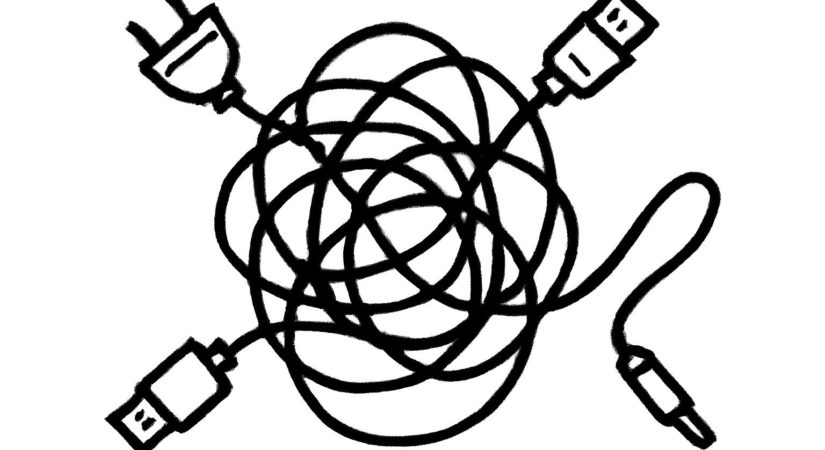After nearly a decade of use, USB-C remains a source of confusion rather than clarity in device connectivity. Despite being designed as a universal standard to simplify charging, data transfer, and peripheral connections, USB-C has become fragmented and difficult to navigate.
Consumers often struggle to identify which USB-C ports support fast charging or high-speed data. The coexistence of multiple charging protocols—including USB Power Delivery (USB PD), China’s Universal Fast Charging Specification (UFCS), and various proprietary systems—has created compatibility challenges. Even with recent efforts, such as the European Union mandating USB PD support for devices over 15W, fast charging is inconsistent across gadgets.
Data transfer speeds vary widely among USB-C ports, ranging from USB 2.0’s 480 Mbps to USB4 and Thunderbolt’s multi-gigabit capabilities. USB4, intended to unify standards, instead introduced multiple versions that differ significantly in speed and features, increasing consumer confusion. Furthermore, premium cables are often needed to access advanced functions, complicating the ecosystem further.
Apple’s adoption of USB-C on the iPhone 15 series highlights ongoing inconsistencies. Lower-end models retain USB 2.0 speeds, while Pro phones offer faster data transfer but still fall short of available Thunderbolt speeds found in other Apple devices. Charging performance varies as well, with no clear communication about differences across models.
The proliferation of USB-C across a wide range of devices—from laptops to headphones—means the port is now ubiquitous, yet the fragmented standards persist. This undermines one of USB-C’s key promises: reducing e-waste through a single, universal cable. Instead, users often maintain collections of chargers, cables, and adapters to accommodate diverse and incompatible devices.
Ultimately, the lack of standardized, mandatory support for key USB-C features has sacrificed simplicity and user convenience. While USB-C’s reversible design offers some benefit, the complex, inconsistent implementation of protocols has hindered its potential to deliver a true plug-and-play experience.
